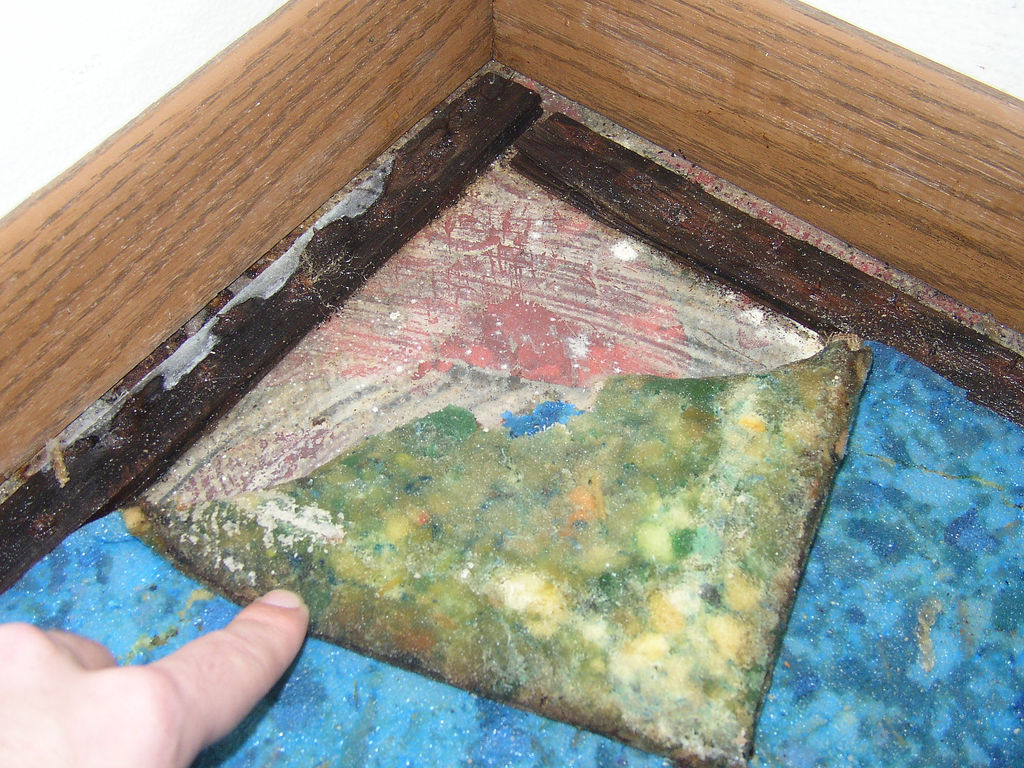New Ways To Prevent Mold and Mildew

To keep mold and mildew from taking over your home, there are a few preventive maintenance steps you can take. Because mold and mildew can cause or aggravate existing symptoms of allergies and asthma (and can sometimes be the cause of even worse health problems) it’s a no-brainer that you have to keep these substances out of your house. The typical places mold and mildew like to grow include anywhere that’s damp all or most of the time, such as bathrooms, basements, and attics.

If you’ve had experience with mold or mildew in your home, you know it’s pretty gross. Not only does it look bad, it’s also hazardous to your health. These nasty substances can cause nasal stuffiness, eye irritation, wheezing, or skin irritation, according to the Centers for Disease Control (CDC). Some people may even have severe reactions, such as fever and shortness of breath, and mold infections in the lungs. It’s crucial to remove mold from moist places like bathrooms and basements, either by doing the job yourself or hiring a professional. Mold can be hard to find, but you may notice small black or dark green spots, especially if you’ve recently had some flooding. Mildew is white and commonly appears on walls and ceilings.
There are several reasons why mold starts to grow, from water intrusions and poorly graded landscapes to improper ventilation and plumbing leaks. Absence of vapor barriers in flooring and excessive temperature variations can also contribute to mold and mildew growth. Mold can grow pretty much anywhere; on wood, carpet, food, and in insulation systems in your walls, says home improvement expert Bob Vila. Wherever there’s excessive moisture, like in a damp cabinet under the sink or around a leaky window, you are likely to find mold or mildew. That’s why it’s necessary to install and maintain proper ventilation to prevent this moisture from getting out of control.
Say no to mold and mildew and set up your defenses. The first thing to do is install a dehumidifier in your basement, then make sure your bathroom is properly ventilated with exhaust fans. This helps get rid of steam during showers, which, if not properly vented, can stick around on walls and ceilings and create a breeding ground for mold and mildew. Better Homes and Gardens recommends opening windows, especially in the hot and humid months, to reduce moisture in the home. Better Homes and Gardens also suggests fixing plumbing leaks as soon as you notice them, cleaning fabrics in your home (like carpets and curtains) on a regular basis and keeping them dry, and being proactive against rain water that could seep into your home. Be vigilant in cleaning mildew-stained carpets, and be sure to launder fabric in chlorine bleach and hot water, especially bathroom rugs that are frequently wet. Let everything dry completely in the sun.
Following these precautions can get you on your way to having a mold- and mildew-free home. Don’t let these pesky irritants affect your health. Be proactive and keep them out of your house.
Byline
Jerry Camden is a freelance writer focusing on home improvement, repair, maintenance and other related topics. Those concerned about water damage should visit Dry More, a restoration and water damage repair company.
Image credit goes to tlongren.
